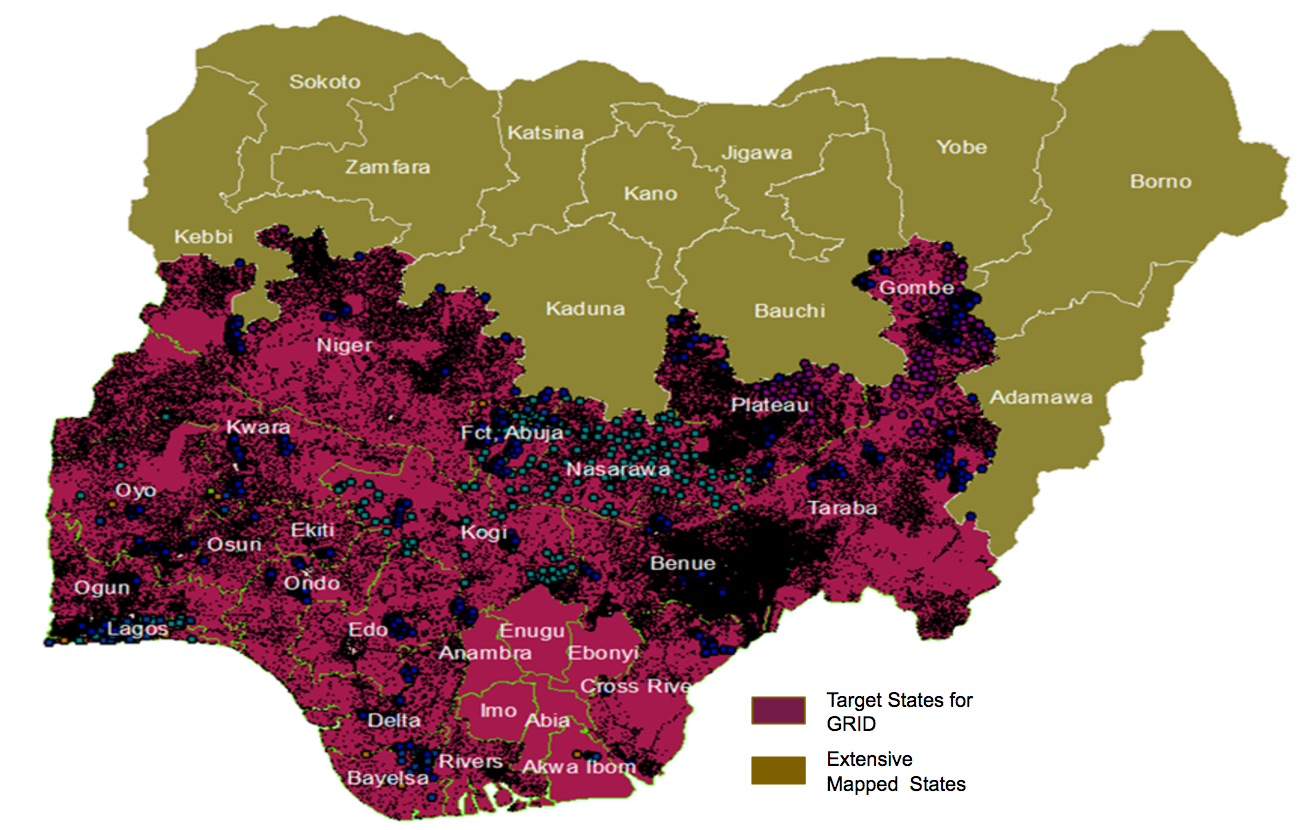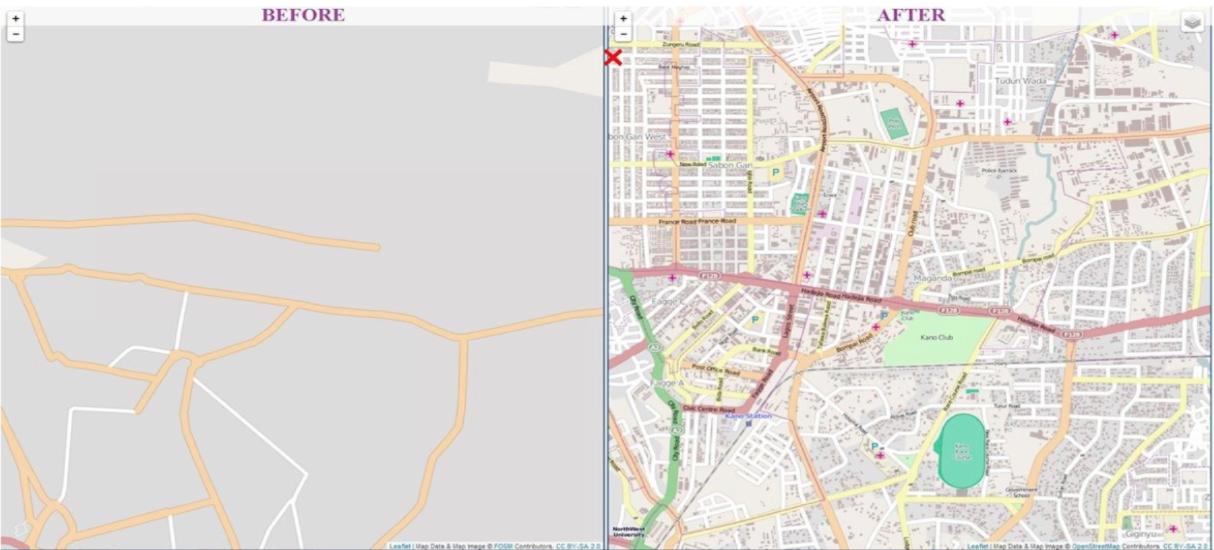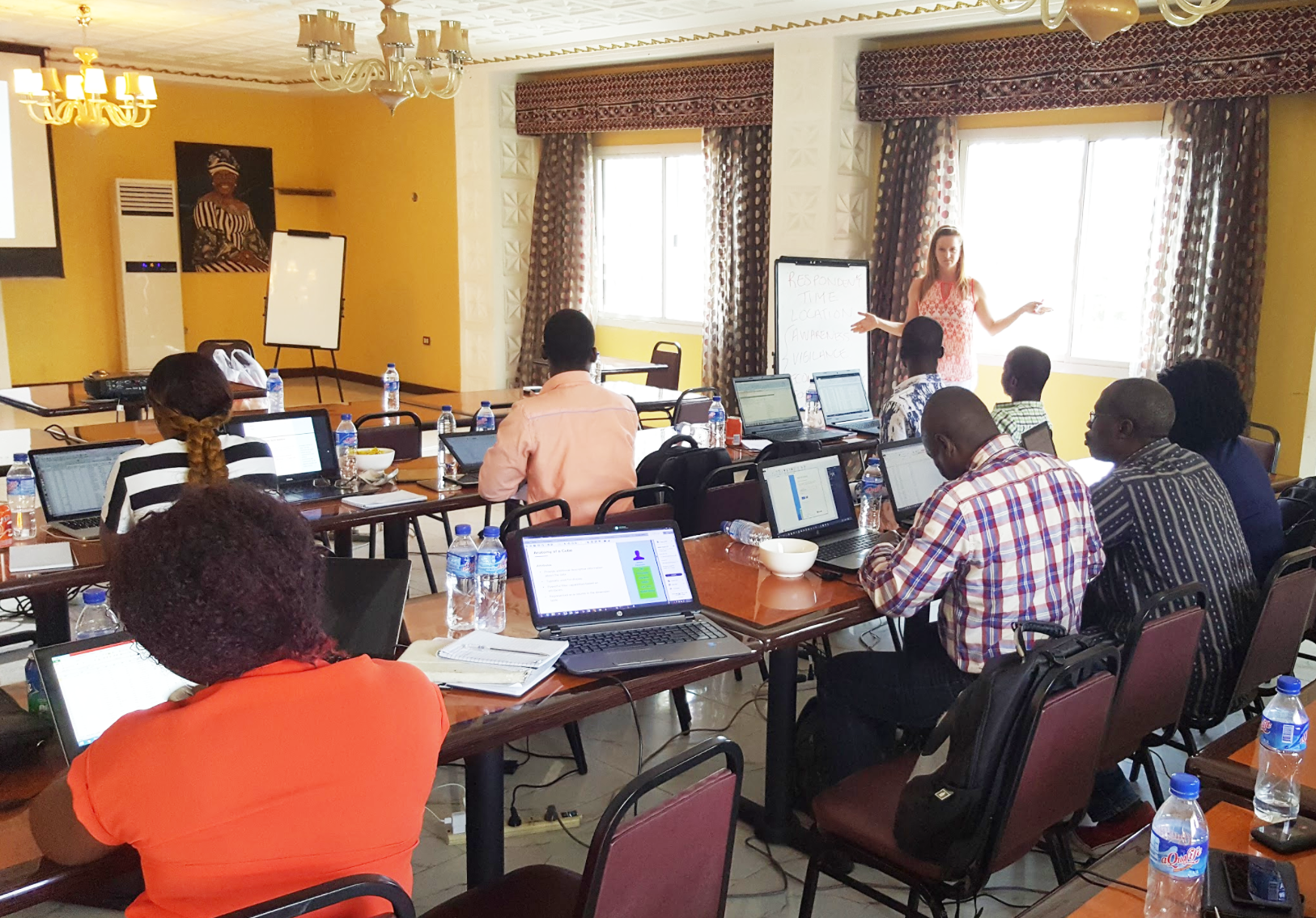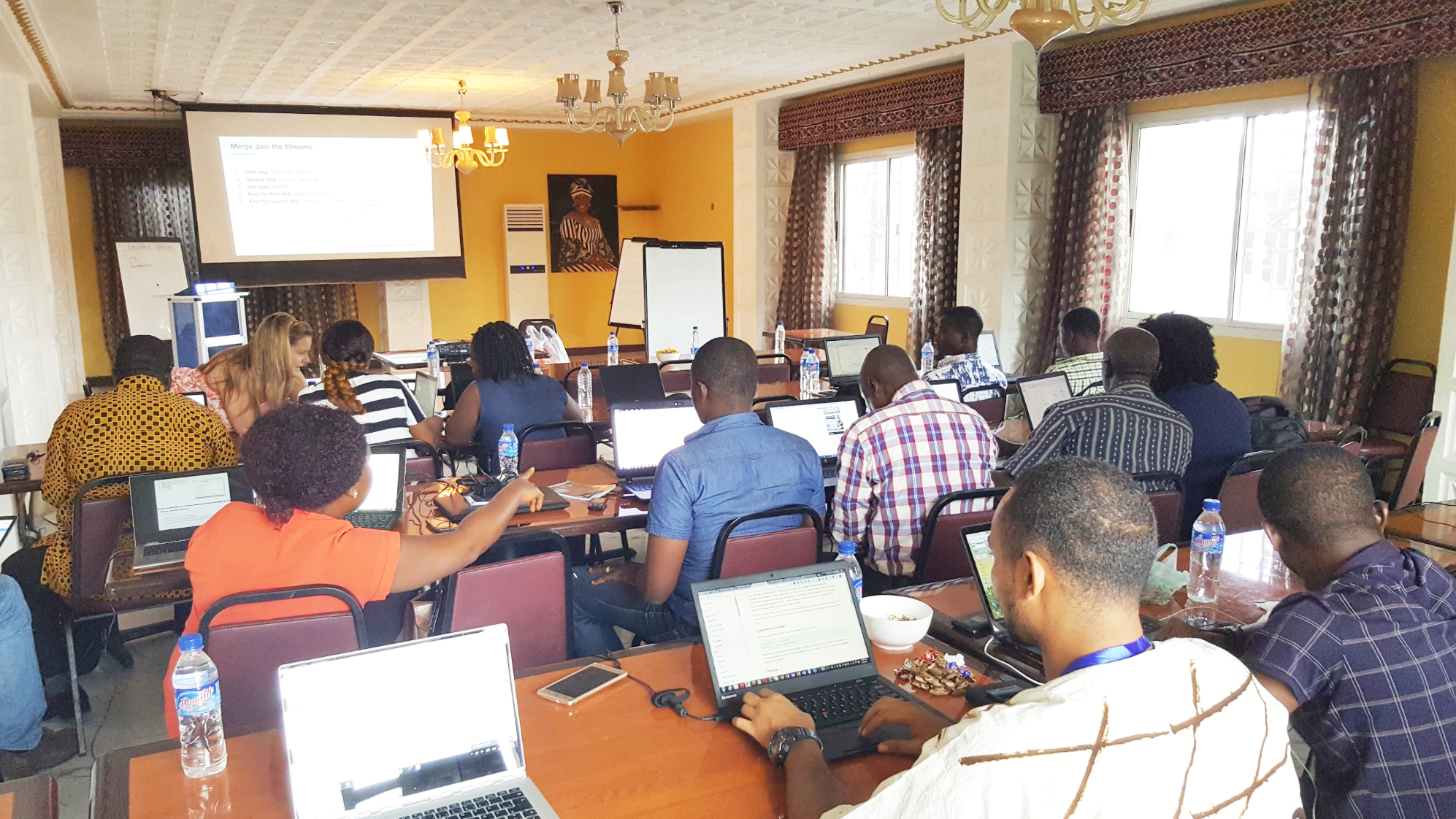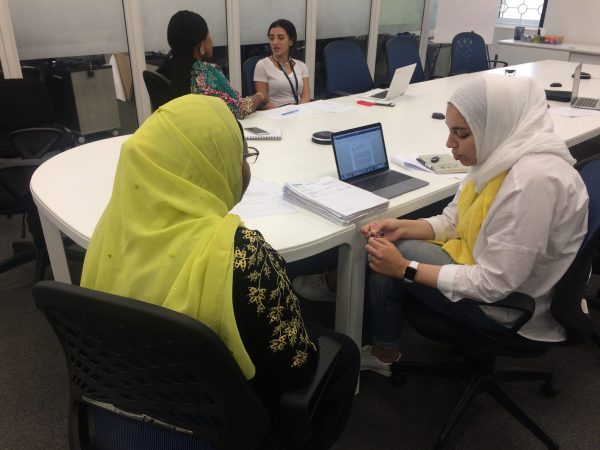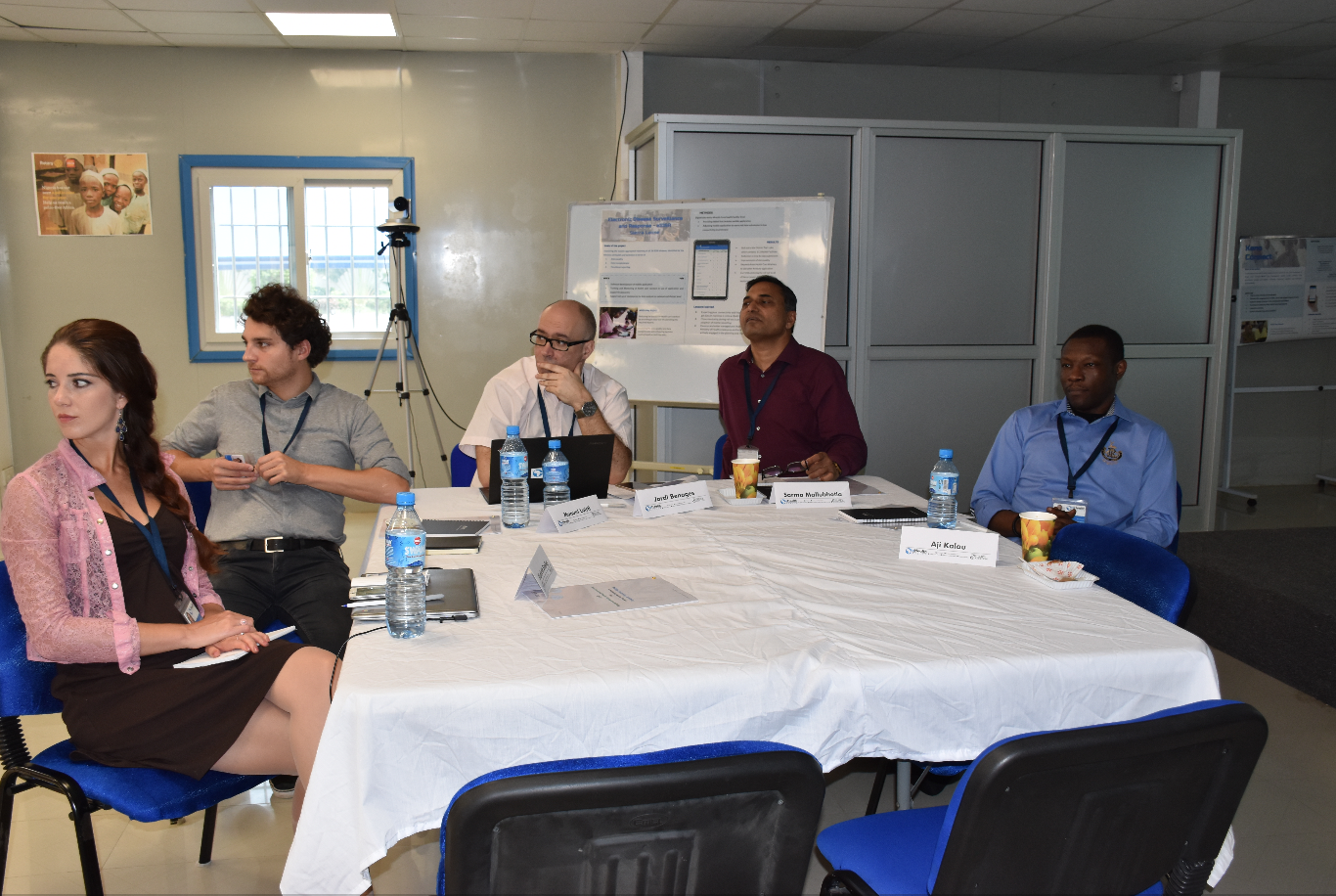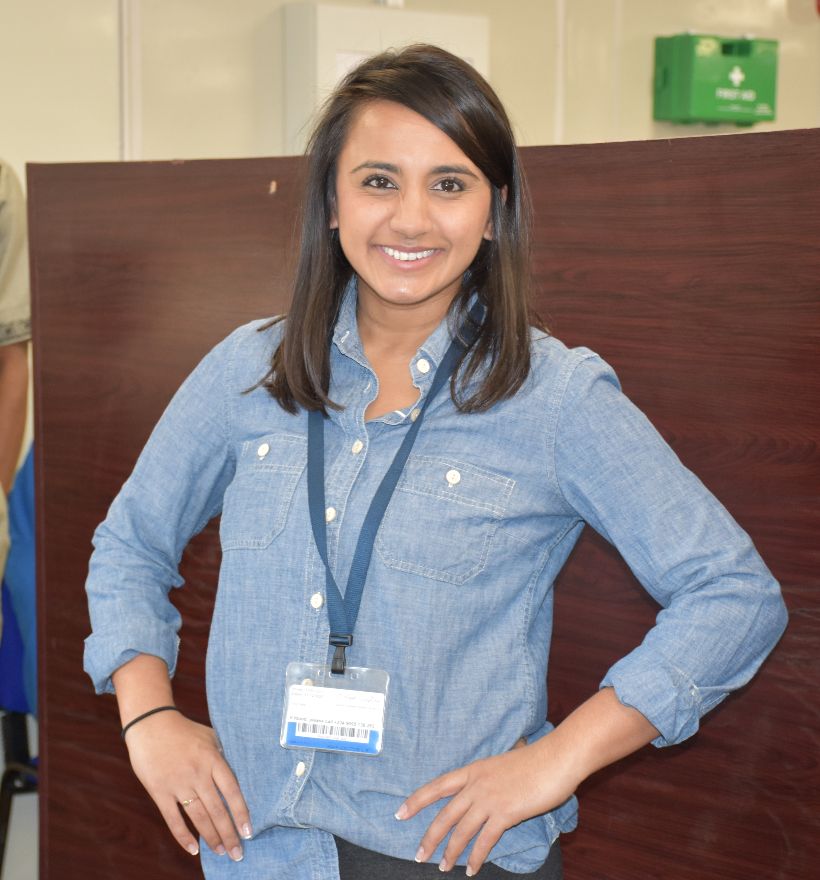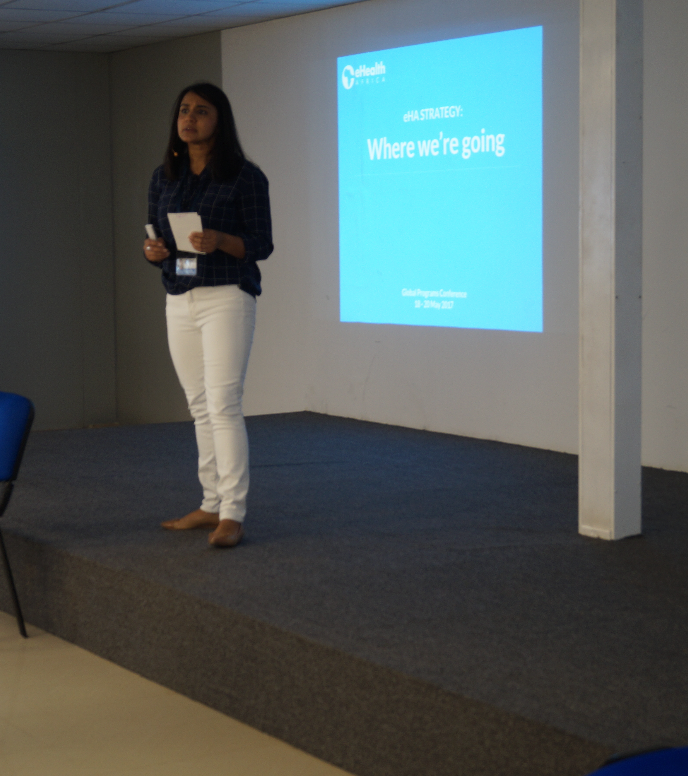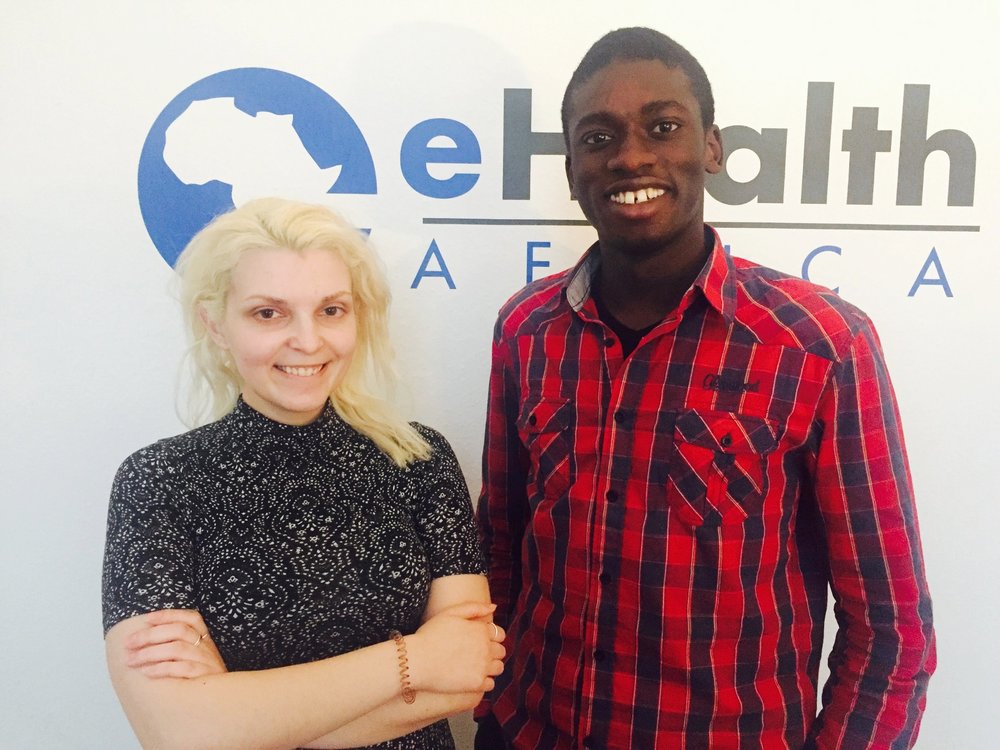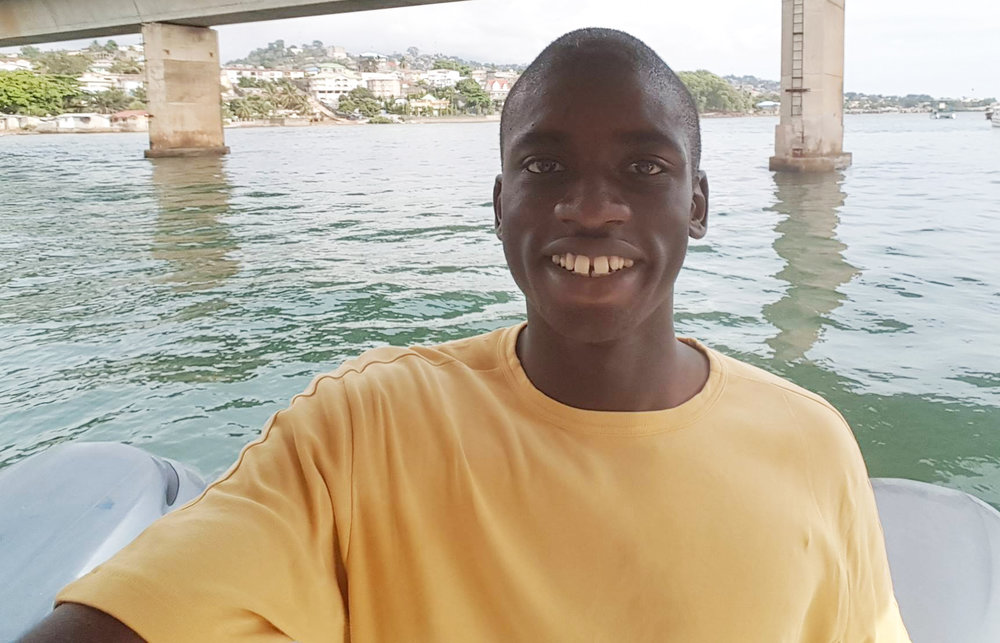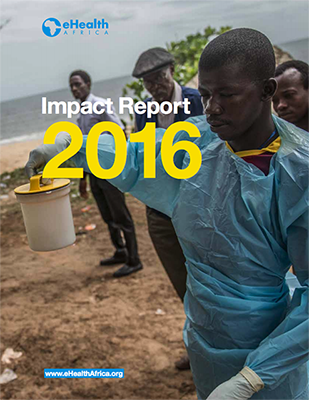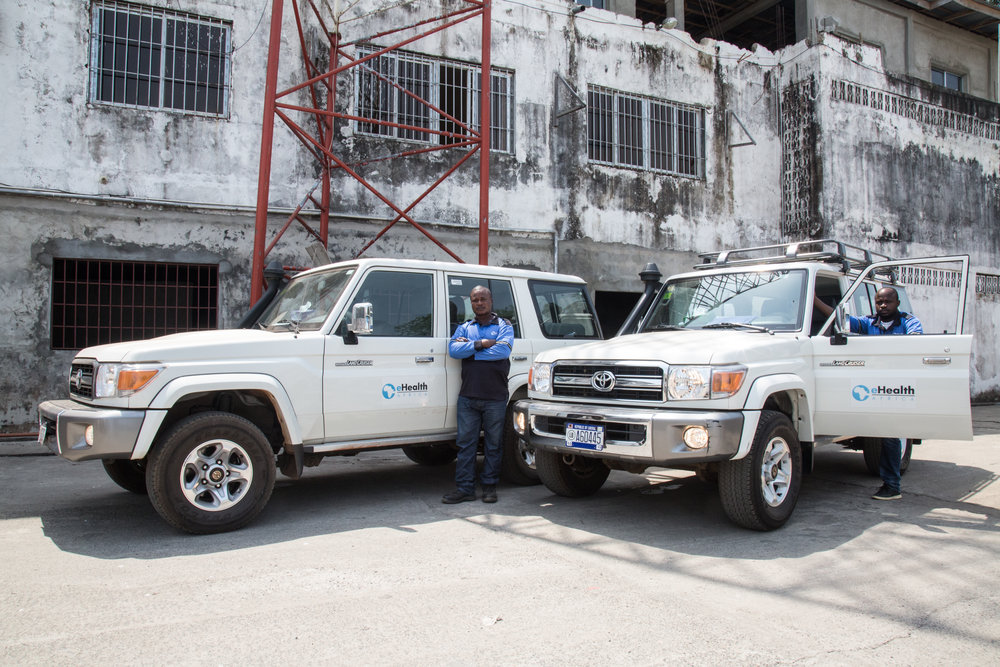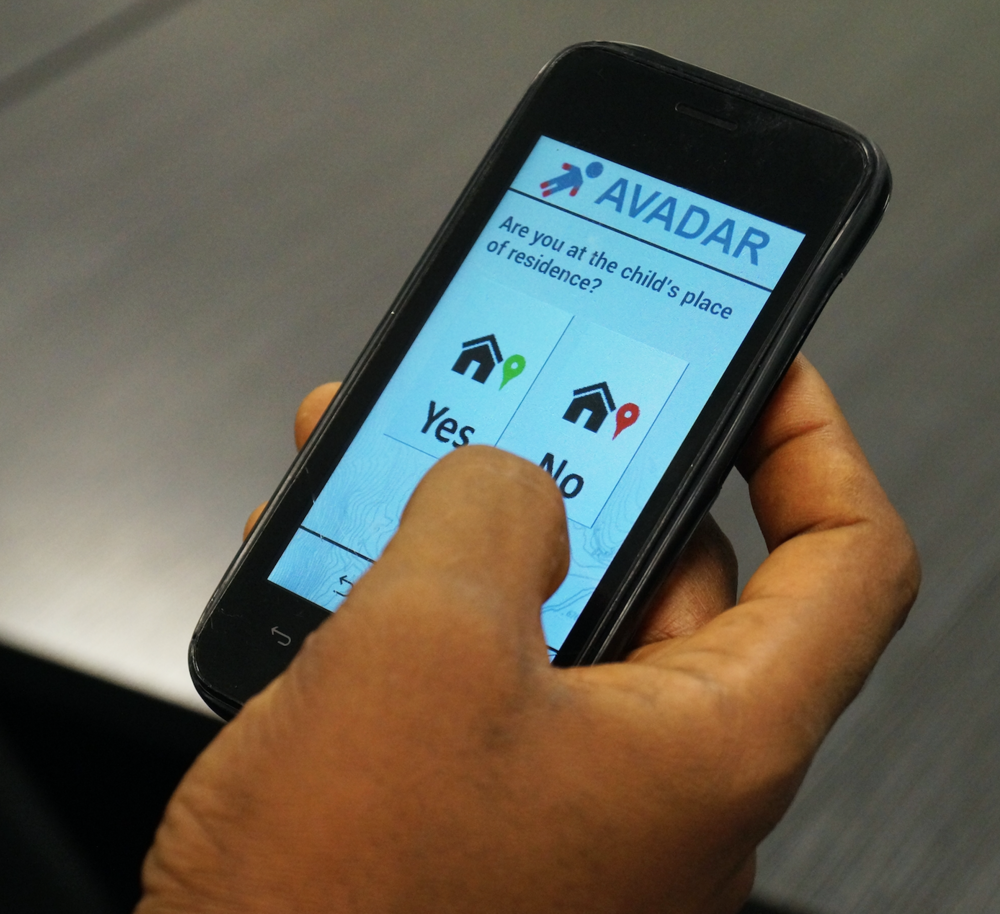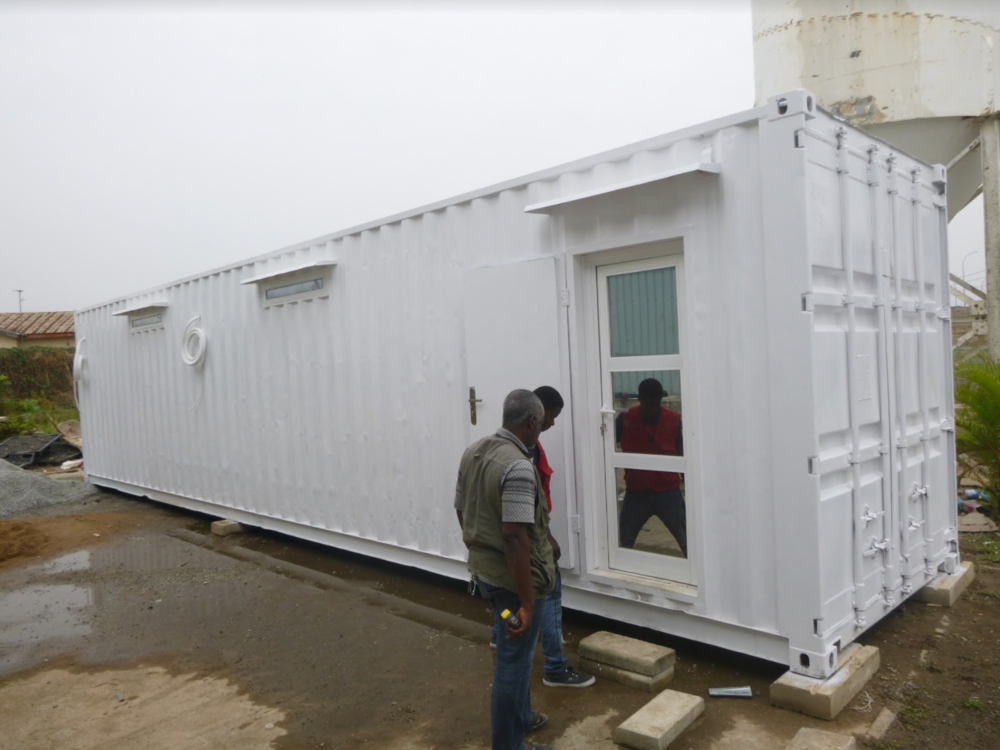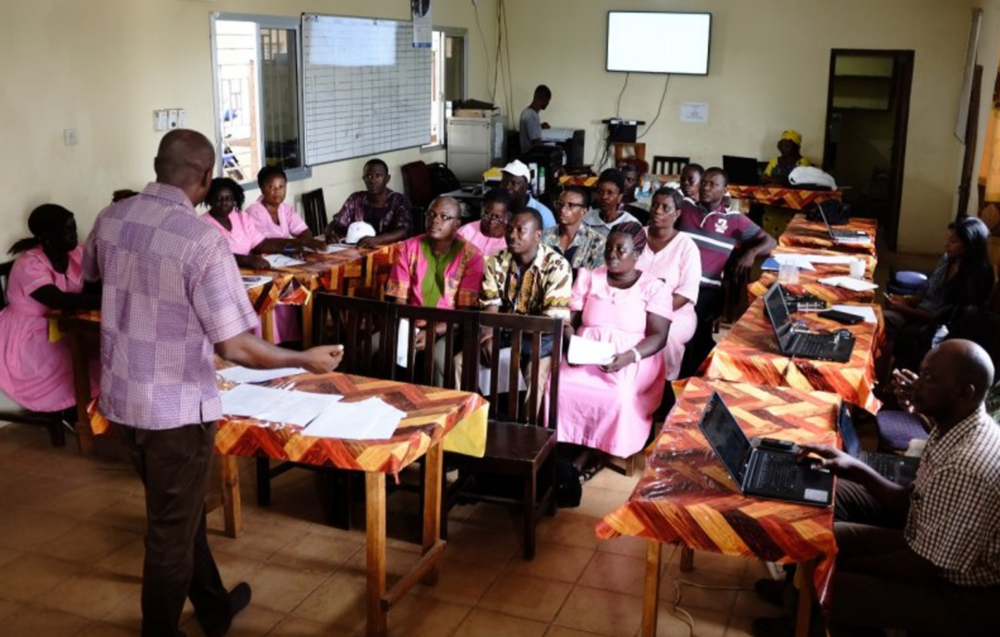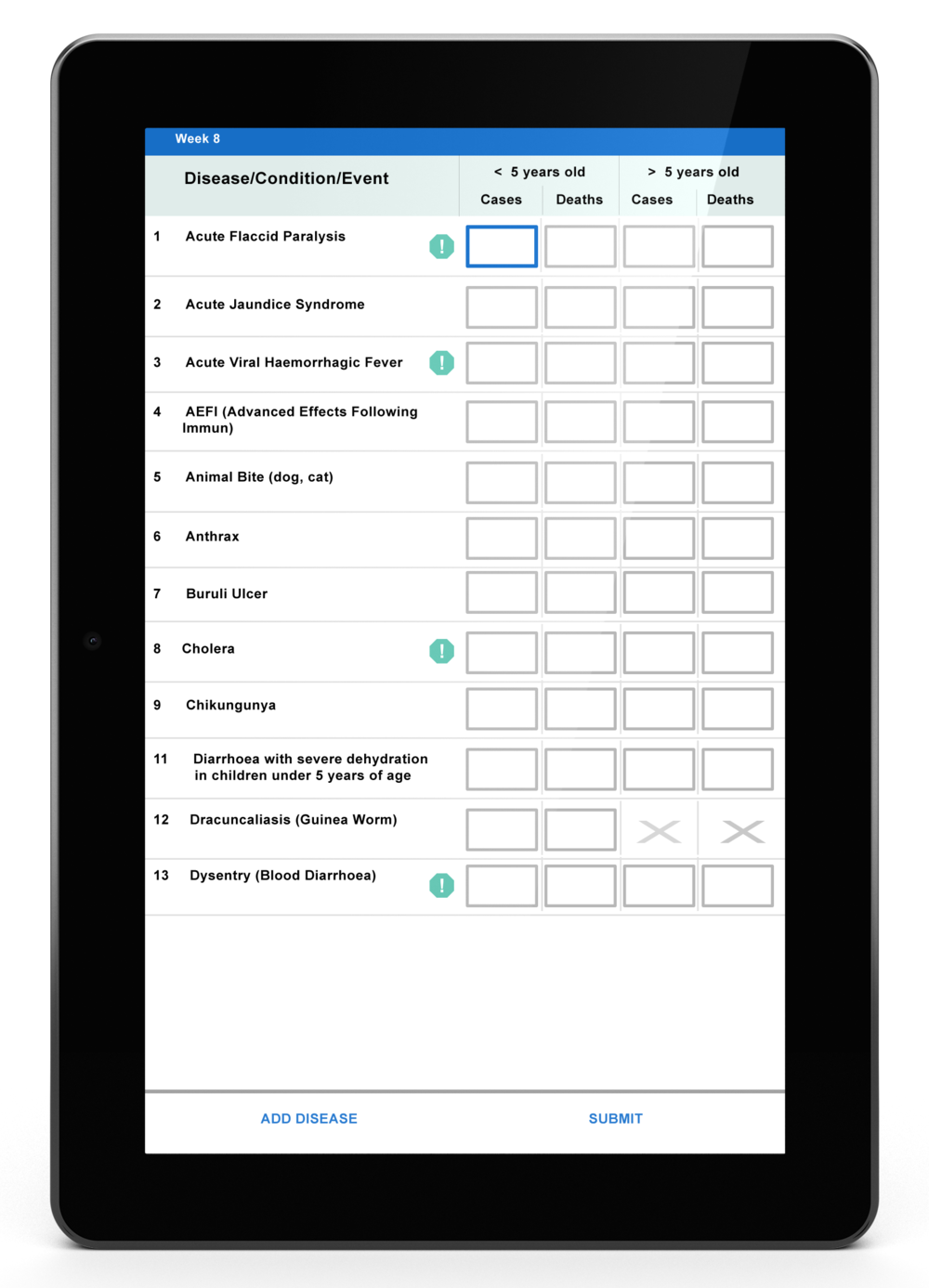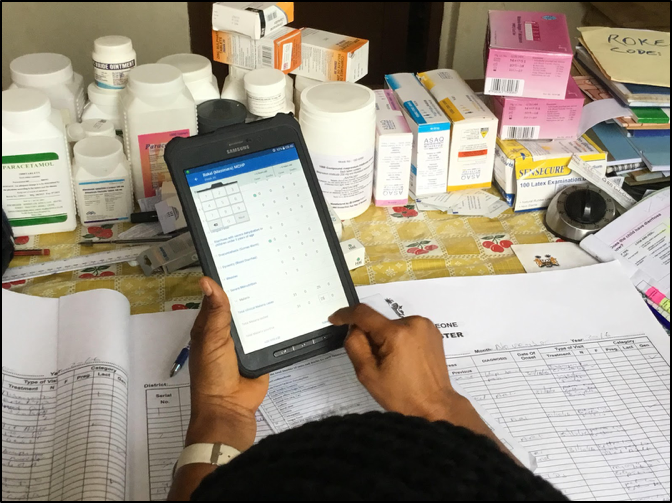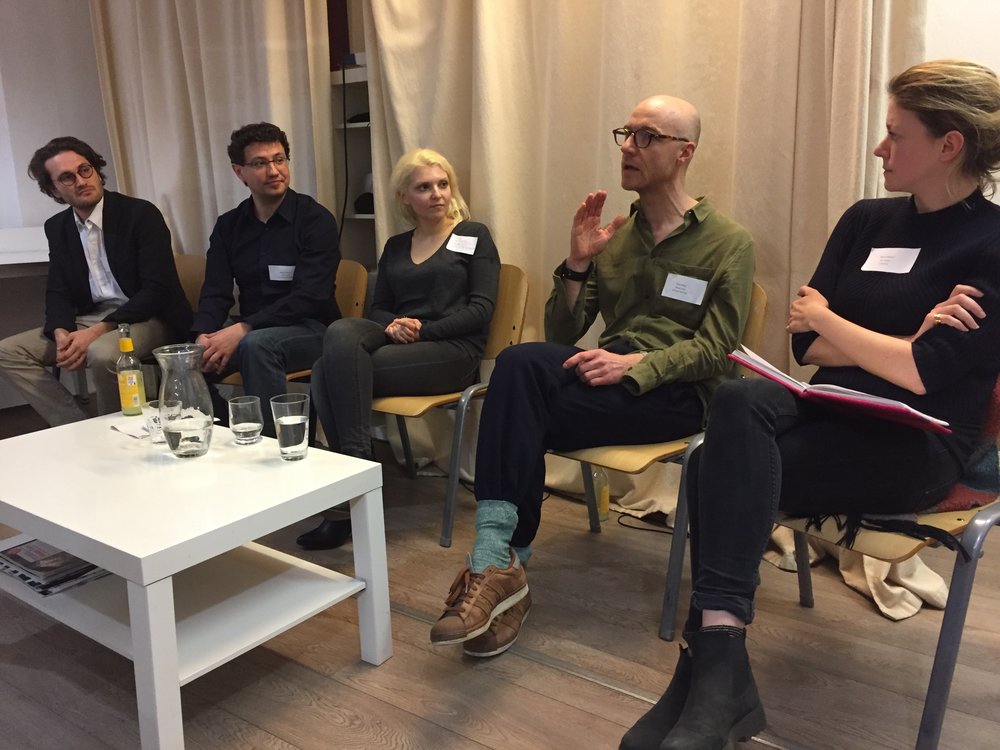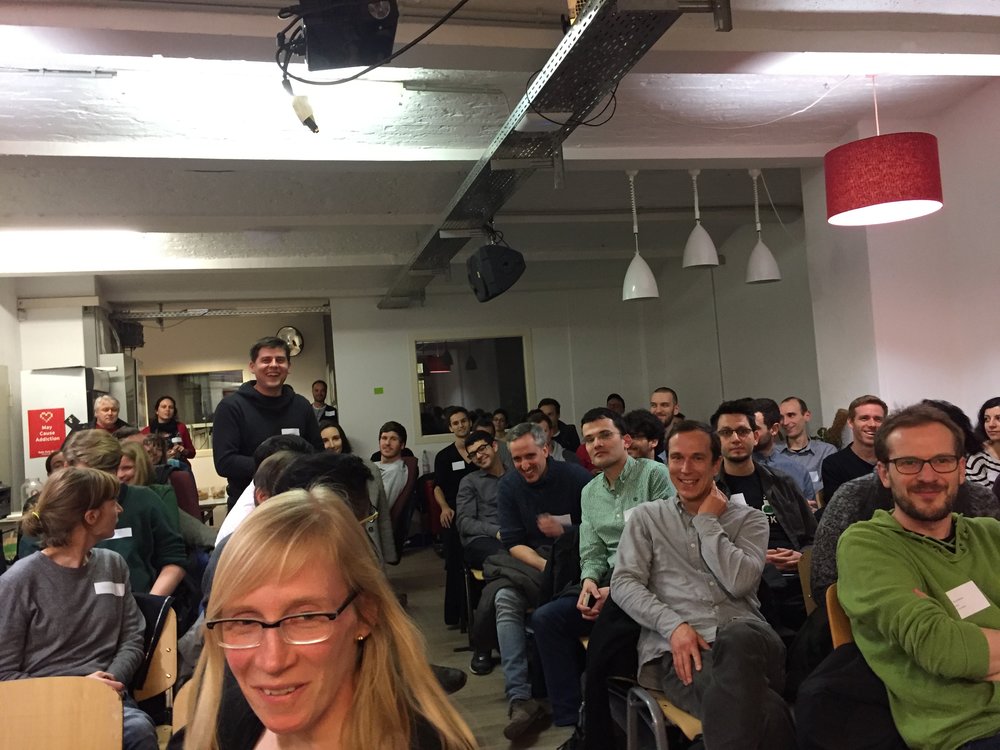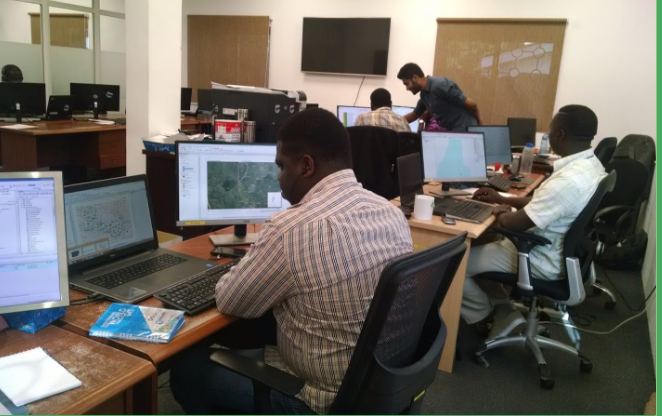By Hawa Kombian
On August 14, communities in Freetown, Sierra Leone were shocked by devastating mudslides following continuous heavy rain. eHealth Africa’s (eHA) presence and impact in the country since the 2014 Ebola Virus Disease outbreak and response positioned it well to sprint into public health emergency management action for the benefit of the many vulnerable communities.
From activating the Emergency Operations Center to repurposing original software solutions and visiting communities to deliver aid, eHA truly took a 360-degree approach to meet the needs of at-risk populations.
Community Visits
Freetown is home to eHA’s Sierra Leone’s office and as such, the team banded together to show its support for the communities affected by the mudslide. Employees donated funds to purchase necessary items including mattresses, oil, water, sanitary pads, diapers, powdered milk and baby goods, sanitizers and used clothing. Distributions were made to communities in Western and Eastern Freetown.
Emergency Operations Center (EOC)
eHA set up the infrastructure for the EOC during the Ebola response and continues to support and strengthen its maintenance. Following the recent mudslides in Sierra Leone, the Ministry of Health and Sanitation (MoHS) was able to seamlessly assemble and activate key emergency support pillars to manage the ensuing and necessary activities. eHA and several public health partners (U.S. Centers for Disease Control and Prevention, (CDC) World Health Organization (WHO), and Public Health England) were also able to craft and validate an emergency response document with clear roles, responsibilities, and steps for action from the perspective of a natural disaster with health implications.
Software Solutions
Key eHA software tools have facilitated the MoHS and partners’ ability to gather data, generate evidence-based insights to understand the information trends and determine solid execution strategies to improve health outcomes. Such measures improve the use of resources towards effective public health emergency management.
- 117 Call Centre (117): 117 was initiated as public health emergency response line during the Ebola response to track and manage suspicious deaths and illnesses for follow-up by the MoHS. In the early moments of the mudslide, the MoHS was alerted to the severity and casualties via calls made to the 117. The mechanism was utilized to track locations and coordinate burials. In addition, the lead natural disaster management office has agreed to integrate their emergency line with 117 for enhanced effectiveness of emergency tracking and response. (1)
- Electronic Integrated Disease Surveillance and Response (eIDSR): eIDSR is designed to support disease surveillance through digital collection and sharing of the prevalence of priority diseases. eIDSR data is currently collected and shared by health facilities weekly for a clear depiction of disease prevalence across the country. Following the mudslide, eHA’s Information Systems team created a mini-eIDSR tool to capture the daily disease prevalence of cholera, dysentery, typhoid, and diarrhea cases from the Freetown, Western Area ahead of decisions of where and how to intervene for optimum public health. (1, 2)
- Health Facility Registry (HFR): The HFR data collection tool enables health facilities to track the level of medical and facility supplies and equipment in store to ensure that there are sufficient stock and materials to enable proper health delivery to patients. As a health prevention measure after the mudslide, the MoHS planned a cholera vaccination campaign and utilized the HFR data collection tool to support decisions about the location and quantity of vaccine distribution.
Learn more about our programmatic expertise and scope of projects from eHA’s 2016 Impact Report!






